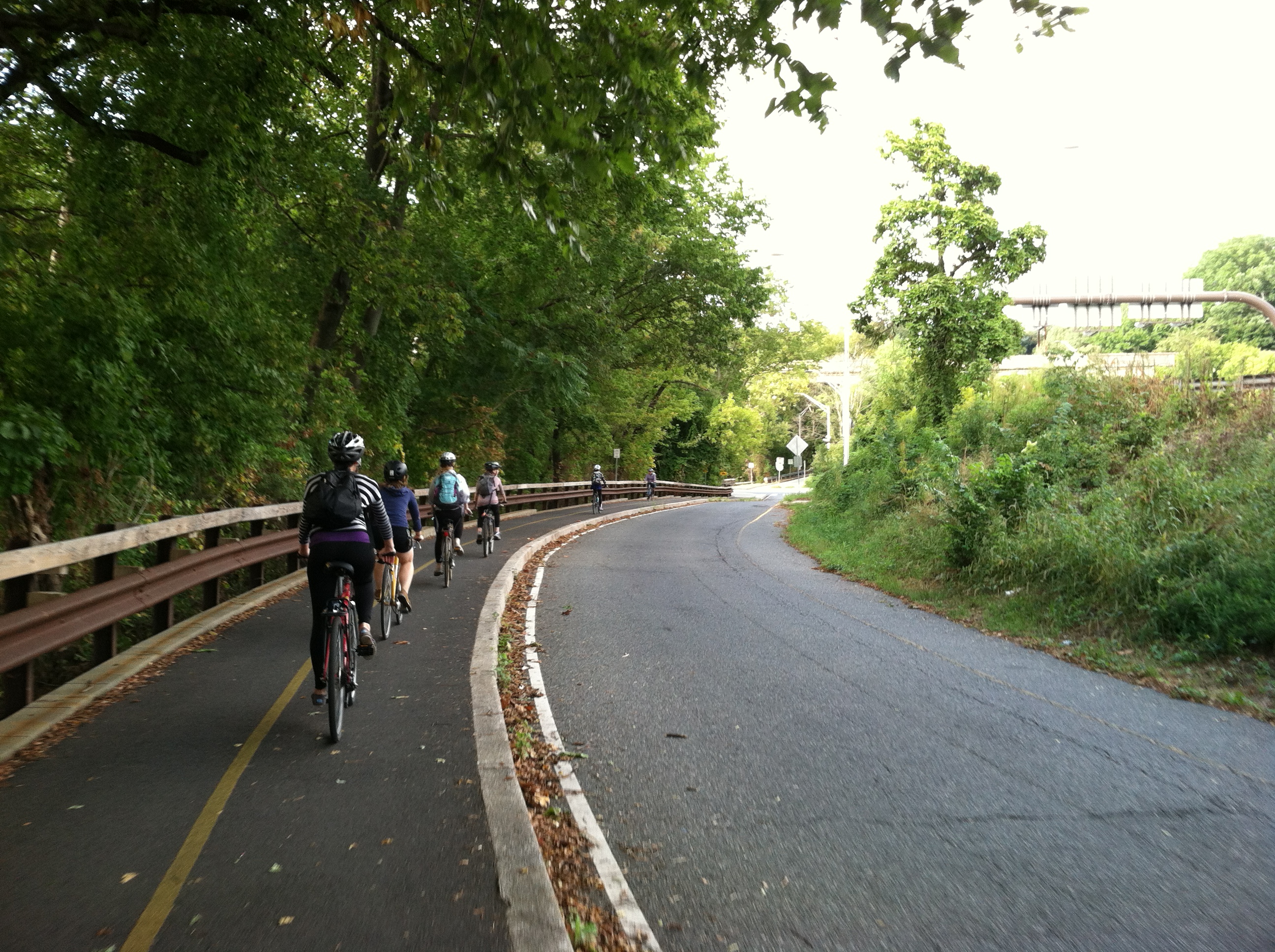
Philadelphia has been installing bike lanes for over a decade. They’re a big draw for its young residents.
Our latest student-written story comes from a master’s degree candidate in the Business and Economic Reporting program at New York University
By Carl A. O’Donnell
Philadelphia newcomers like Shane Smith, 24, wax rhapsodically about the city’s “deep sense of community” and “awesome nightlife.” For Smith, the city is an escape from suburbia where “there are always large gaps between where you are and where you want to be,” he says.
In Philly, Smith doesn’t need a car because “You can walk out the door and find ten great coffee shops or restaurants on every other block.”
Smith’s attitude reflects a broader generational shift. More and more young people are abandoning suburbs and cars, prompting a migration to cities, according to the advocacy group U.S. PIRG.
This has had a dramatic impact on Philadelphia. In the past decade, the city has gained 50,000 residents aged 20 to 34, spurring the first net gain in population since the 1950s, according to the U.S. Census Bureau.
By 2035, Philadelphia anticipates another 100,000 new residents, said Gary Jastrzab, executive director of the Philadelphia City Planning Commission.
As this flood of newcomers gradually reshapes the city, alternative modes of travel are experiencing a renaissance. Biking, car sharing and public transit have all seen significant bumps in usage. In some cases, this is shifting political or market forces in favor of new transportation investments. In others, it’s simply placing strain on an aging system. Continue reading
